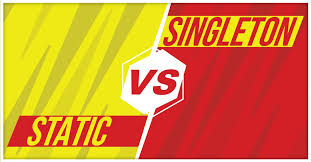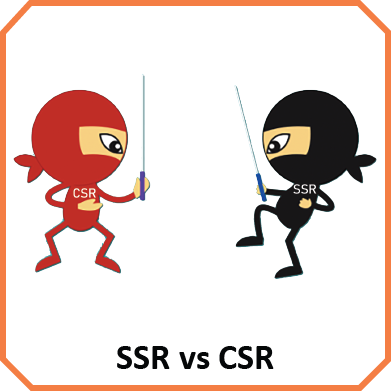In Scala, a case class and in Kotlin, a data class serve similar purposes: they are both used for defining simple classes that mainly exist to hold data. However, there are some differences in how they work and the features they offer. Let’s compare case classes in Scala and data classes in Kotlin:
Case Class in Scala:
- Immutability: By default, case class constructor parameters are immutable, which means their values cannot be changed once an instance is created. You need to explicitly use the
varkeyword to make them mutable. - Pattern Matching: Case classes are often used with pattern matching in Scala. Pattern matching allows you to destructure and match objects easily, making it a powerful feature for functional programming.
- Compiler-Generated Methods: Scala’s compiler automatically generates useful methods for case classes, including
equals,hashCode, andtoString. This simplifies object comparison and printing. - Default Arguments: You can provide default values for constructor parameters in case classes. This is useful for creating instances with fewer parameters.
- No Need for
new: You can create instances of case classes without using thenewkeyword, which makes object creation more concise. - Companion Object: A companion object with
applyand other methods is automatically created for case classes, simplifying object creation. - No parameters: Scala allows a case class to have no parameters, kotlin doesn’t.
Example of a Case Class in Scala:
case class Person(name: String, age: Int)
val person = Person("Alice", 30)
Data Class in Kotlin:
- Immutability: In Kotlin, constructor parameters of data classes are immutable by default, similar to Scala case classes.
- Code Generation: Kotlin’s compiler generates several methods for data classes, including
equals,hashCode,toString, andcopy. These methods make it easy to work with data classes. - Component Functions: Data classes have automatically generated component functions (
component1,component2, etc.), which are used in destructuring declarations and allow you to easily access properties. - Default Arguments: Kotlin also allows default values for constructor parameters, similar to Scala.
- No Need for
new: As with Scala, you can create instances of data classes without using thenewkeyword.
Example of a Data Class in Kotlin:
data class Person(val name: String, val age: Int)
val person = Person("Bob", 25)Key Differences:
- Pattern Matching: Pattern matching is a powerful feature in Scala, and case classes are designed to work seamlessly with it. Kotlin has its own features, but it lacks the advanced pattern matching capabilities of Scala.
- Functional Programming: Scala is often associated with functional programming, and case classes are an integral part of this paradigm. Kotlin is a more general-purpose language, and data classes are used for convenience in various contexts.
- No parameters:Scala allows a case class to have no parameters, kotlin doesn’t
In summary, both case classes in Scala and data classes in Kotlin serve similar purposes of simplifying the creation and manipulation of data classes. Your choice between them may depend on your specific project requirements and your familiarity with the language and its features.


